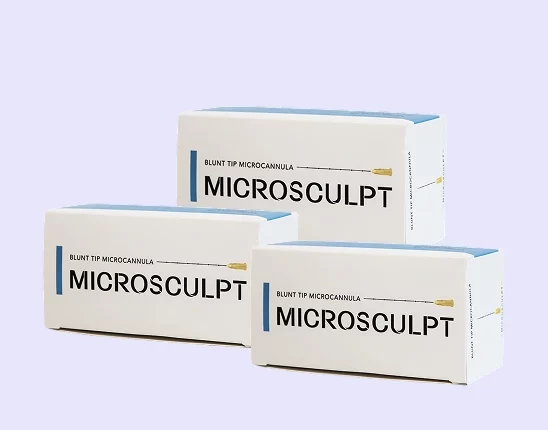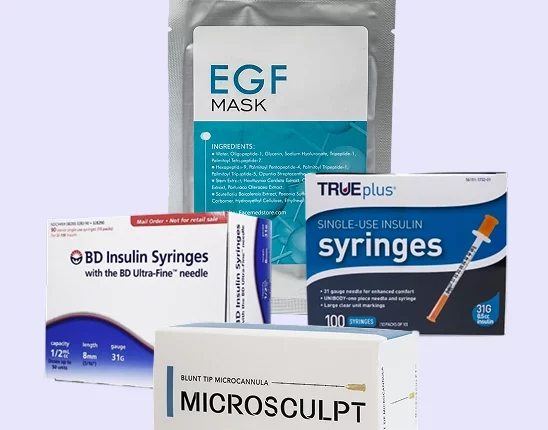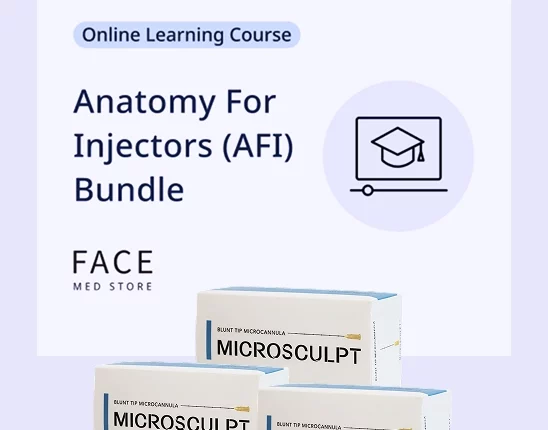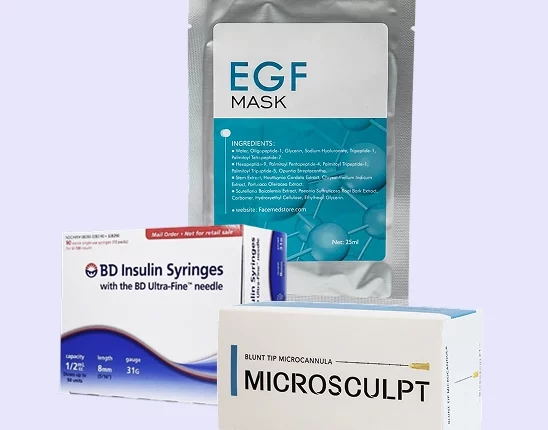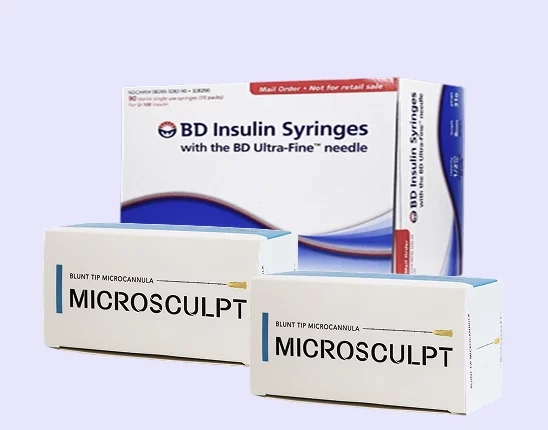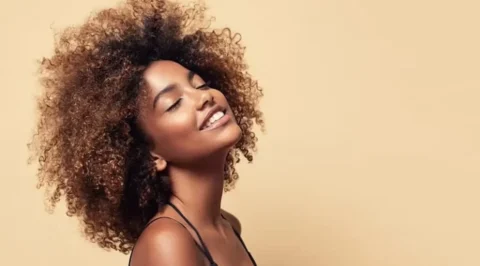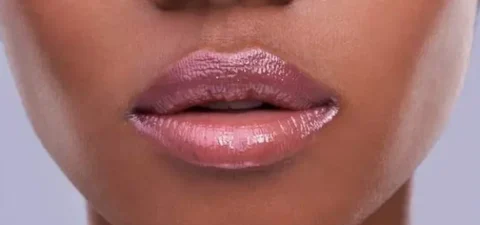Injection treatments are some of the most common cosmetic/medical procedures performed. However, while this method is effective at delivering medication and injectables like dermal fillers, it still has its flaws – particularly that the process can cause bruising, discoloration, and bleeding because of broken blood vessels.
So how do injectors prevent this from happening? The level of experience of the injector will certainly play a role, but using the right equipment like microcannulas can also help. By combining these two factors, an injector can administer the treatment with little risk of trauma to the underlying blood vessels and tissue.
Reducing The Likelihood Of Broken Blood Vessels After Injection Treatments
Broken blood vessels can be the result of two things:
- Misapplication of the needle by the injector
- The trauma caused by the hypodermic needle
While injections may not be as invasive as surgery, they can still cause active trauma and micro-injuries in the tissue when the needle penetrates the dermal layer. Even if the injector accounts for the blood vessels and other important sites in the body, there is always the risk of the procedure leaving the patient with issues like a broken blood vessel.
The best way to prevent this from happening is to combine the careful study of the patient’s anatomy, and the use of alternative injection tools to hypodermic needles. The first solution can be achieved by careful examination of the patient, considering the procedure required for the injection itself, and keeping an eye on them during the procedure. The second can be fulfilled with the use of a microcannula.
Why Broken Blood Vessels And Swelling Happen After Injection Treatments
Bruising, inflammation, and (rarely) infection are all risks associated with injection treatments. Broken blood vessels, while not serious, are still a significant factor that can severely hamper a patient’s quality of life, satisfaction with the cosmetic/surgical procedure, and the overall efficacy of the results.
Broken blood vessels are usually triggered by two things:
- The needle was accidentally injected inside a vein (blow out vein)
- The needle penetrated the vein going inside the patient
Because of the relatively small diameter of traditional hypodermic needles, these injuries tend not to be very serious unless a critical vein was penetrated, the material was injected by accident into the blood vessel, or the injector uses too thick of a gauge for their needle.
Symptoms of blood vessels often include:
- Bleeding on or around the injection site
- Discoloration and bruising
- Swollen skin that’s painful to the touch
- Any other lumps beneath the skin
- Fluid discharge and/or buildup
- Blurred vision or nausea
These can all be the signs of a serious problem, though it requires medical advice to start any treatment or first-aid.
The Proper Technique: Studying Anatomy
The very first thing that an injector needs to do is to study their patient’s anatomy. While the general distribution of veins, blood vessels, and other essential pathways in the body is more or less the same for everyone, several factors can affect their precise place.
These factors can include but are not limited to:
- Weight
- Age
- Body type
- Posture
- Pre-existing conditions or disorders
Injectors will need to examine their patients closely to determine the best path and injection site to use. Because of the assorted side effects that come with injections, these decisions will often have to be made before the procedure is done.
By studying the patient’s anatomy, injectors are also able to discern the best way to avoid major damage to any significant body parts like the eye. These risks are not always medical in nature: misapplication of a dermal filler near the eye is likely to cause more serious problems like retinal detachment.
Of course, the injector’s own skill factors heavily into how well they can avoid causing the patient any pain or side effects. Knowing the locations of all major veins should be second nature to any injector. Aside from that, they should also have another medical staff on standby to assist with any potential problems.
The Proper Tool: Microcannulas

Microcannulas perform many of the same injections that sharp-tip needles do, but they do it with far fewer side effects and less chance of broken blood vessels. Here are the top three reasons why injectors should consider using them in cosmetic/surgical procedures
1. Blunt needle tip
Arguably the most significant thing that separates a sharp-tip needle from a cannula is the tip. Unlike hypodermic needles that pierce through the skin, blunt-tipped cannulas push through tissue and nudge any major blood vessels out of the way. Without the sharp end, it’s also more painless for the patient.
Blunt needles also excel at pushing in beneath the subdermal layer of skin, since the concentration of blood vessels is higher there. While traditional sharp-tip needles can piece through those layers, they often do so at the cost of heavy bruising, bleeding, and inflammation after the procedure is done. If the patient is taking non-steroidal anti-inflammatory medication (NSAIDs), their ability to form blood clots after the injection can be compromised.
2. Flexible needle shaft
Microcannulas are also designed with a flexible needle shaft that can bend in response to pressure. With enough time and practice, an injector can essentially maneuver their way through the skin without having to make multiple entry points to reach different injection sites.
This is especially crucial when you consider procedures that involve dermal fillers since filler material can often come close to sensitive areas of the face and skin. For example, dermal fillers under the eye can be tricky with traditional needles because of the risk of damage. However, microcannula use can access the area adjacent to the site, and inject the filler material there without harming the patient.
3. Longer needle shaft
On average, cannulas are slightly longer than needles. This can give injectors more leeway into controlling how much medication/product they inject through the syringe, and control its output as the procedure goes on. This is critical for cosmetic treatments since doses of a product like dermal fillers and other injectables like Botox need to be closely monitored.
The longer needle shaft also means that it’s better at pushing through the subdermal layer, which helps fill in deep lines in the face. Longer needle shafts can also help the injector reach sensitive areas of the body/face from a more durable site, like the nasolabial folds from the cheek area.
Overall, cannulas are simply better if the patient wants a painless procedure or the length and intensity of their post-operative care. They’re exceptional at injecting products like facial fillers with accuracy and can even work as a better tool for liposuction treatment.
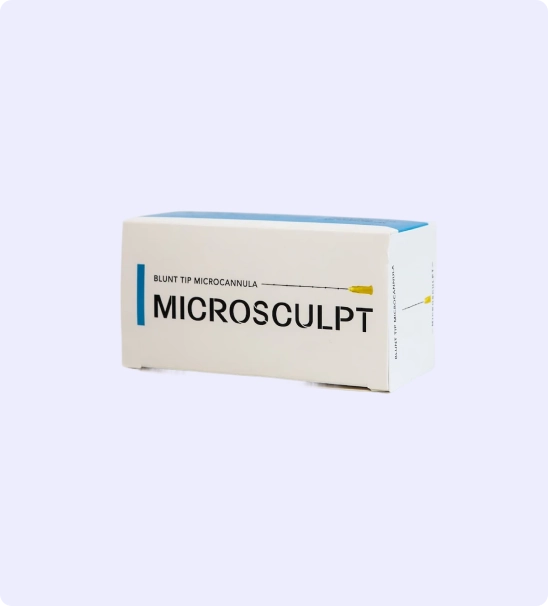
Injections Your Patients Will Love! Code “20OFF” Takes 20% off Your First Order!
Microcannulas are a tool that every great injector must master. Patients want quick results with no downtime. Our microcannulas are high quality and a fraction of the price of our competitors!
You can create an account here.
Considerations For These Methods
Despite these options, there are some caveats that injectors – especially dermatologists – should consider with their use.
1. The amount of practical skill required
Even if a dermatologist uses a microcannula instead of a sharp-tip needle, their level of experience will not be the same. While the microcannula can do plenty for a dermatologist trying to inject dermal filler, the unique properties of the needle can prove to be a challenge, especially to those who are used to traditional sharp-tip needles.
It’s for this reason that there are some certification programs and courses that offer training and certification in the use of medical microcannulas for surgery and cosmetic procedures. While a dermatologist can gain the requisite experience on their own, getting a certification will allow them to better market this new service and increase confidence in their ability to administer it.
2. Availability of microcannulas
Despite their rising popularity in cosmetic procedures and other injectable treatments, finding medical-grade microcannulas can be difficult for practices trying to source them for the first time. Cannulas often require exact specifications for their manufacture, distribution, and use – and if a dermatological practice doesn’t have enough of it, they may not be able to keep up with demand.
That’s why practices need to find a reliable partner in trying to source and acquire microcannulas. Not only does this remove the concern for finding stock, but it also relieves practices of the burden of making sure that their medical device works well as intended.
3. Different facial and bodily anatomies
Like previously discussed, a patient’s facial anatomy (even with small amounts of fat) can change the ideal injection sites drastically. If a surgeon or dermatologist is unable to account for this drift, they make it more likely for broken blood vessels to occur.
This is even more crucial for some dermal fillers that require little to no topical anesthesia since there is the possibility that the patient may jerk or move around mid-treatment. While cannula use can drift slightly depending on the insert angle, it will fall on the injector to take a steady hand to avoid any damage to the surrounding tissue.
4. Patient’s own prerogative
Using cannulas can be extremely helpful for patients, but dermatologists may also encounter those who prefer sharp-tip needles instead. Whether it’s because of missing confidence in cannula use or familiarity with the traditional method, dermatologists need to account for their patient’s own preferences on how the procedure should go and advise them accordingly.
This also holds true for the dermatologist: there will be occasions where a patient will ask for blunt-tipped cannula use even if the dermatologist is inexperienced at using them. In situations like these, it will fall on the injector to make the call about whether to proceed with cannula use. However, they should remember that using an unfamiliar medical tool also carries its fair share of risks.
5. Sometimes a needle is still the best option
Cannula use has distinct advantages to sharp-tip needles with the application of dermal filler. But traditional needles can still outperform them with surface-level injection treatments such as Botox, or other injectables designed to work on the surface of the skin. A dermatologist would have to make the call on how the procedure is ultimately carried out, though they should consult legitimate sources for the best practice involving said procedure.
Buy High-Quality Medical Tools And Devices At Face Medical Supply Today
-
 Microcannula Multi-Gauge Precision Set
Microcannula Multi-Gauge Precision Set -
 Microcannula Complete Injection System
Microcannula Complete Injection System -
 Microcannula Size Progression Training Kit
Microcannula Size Progression Training Kit -
 Microcannula Professional Starter Kit
Microcannula Professional Starter Kit -
 Microcannula Volume Practice Pack
Microcannula Volume Practice Pack -
 23 gauge 50 mm (2 inch) Microcannulas
23 gauge 50 mm (2 inch) Microcannulas -
 22 Gauge 100 mm (4 inch) Microcannulas.
22 Gauge 100 mm (4 inch) Microcannulas. -
 27 Gauge 38 mm (1.5 inch) Microcannulas
27 Gauge 38 mm (1.5 inch) Microcannulas -
 25 Gauge 38 mm (1.5 inch) Microcannulas
25 Gauge 38 mm (1.5 inch) Microcannulas
While broken blood vessels are an ever-present risk with injectables, medical professionals can avoid them by careful study of their patient’s facial anatomy and the practiced use of devices such as microcannulas. Practice and skill with applying injectables and dermal fillers can also help, but getting the right tools can also make a lot of difference.
As a proud partner of many cosmetic and medical practices across the country, FACE Medical Supply helps close the gap between the bottom line and the needs of a practice. We offer high-quality medical tools and devices at competitive prices, giving our clients a reliable source for the things they need.
For more information about us and our stocks, contact us today.
Read more: The Benefits Of The Microcannula Technique
